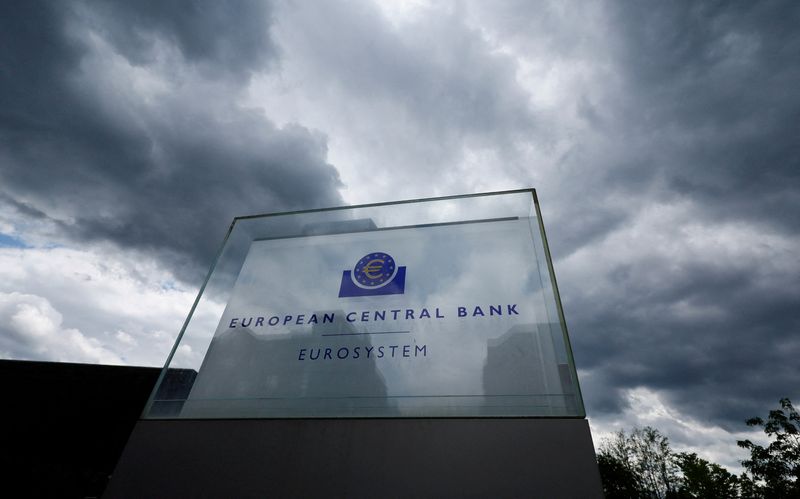The ECB lowered rates in early June to acknowledge a quick fall in inflation but avoided any commitment about subsequent moves arguing that a return to its 2% target by next year was not yet assured.
Kammer appeared more relaxed, despite a relatively strong, 4.1% growth in service prices last month, which is raising some concern that domestic inflation could get stuck at high levels.
“Data, including release of June inflation figures, confirm the outlook and indicates that disinflation is still broadly in line with our expectations,” Kammer told Reuters on the sidelines of a conference, referring to Tuesday’s data.
“That means that we maintain our policy advice to the ECB, which is that they should continue to gradually reduce the policy rate,” he said.
This outlook gives the ECB room to cut its 3.75% deposit rate to 2.5%, or a “neutral stance” by the third quarter of 2025, Kammer said.
Markets only see the deposit rate falling to 2.75% in the third quarter so the IMF’s is advocating a somewhat quicker easing cycle than investors now anticipate.

While policymakers are concerned that wages still grow too quickly and will put pressure on prices, Kammer argued that there is already a softening in the labour market and this will help cool prices.
“We are seeing already that the labour market is easing,” he said. “We see that in a in a number of countries and that indicates that the restrictive stance of monetary policy part is working in depressing aggregate demand.”
To read the full article, Click Here

